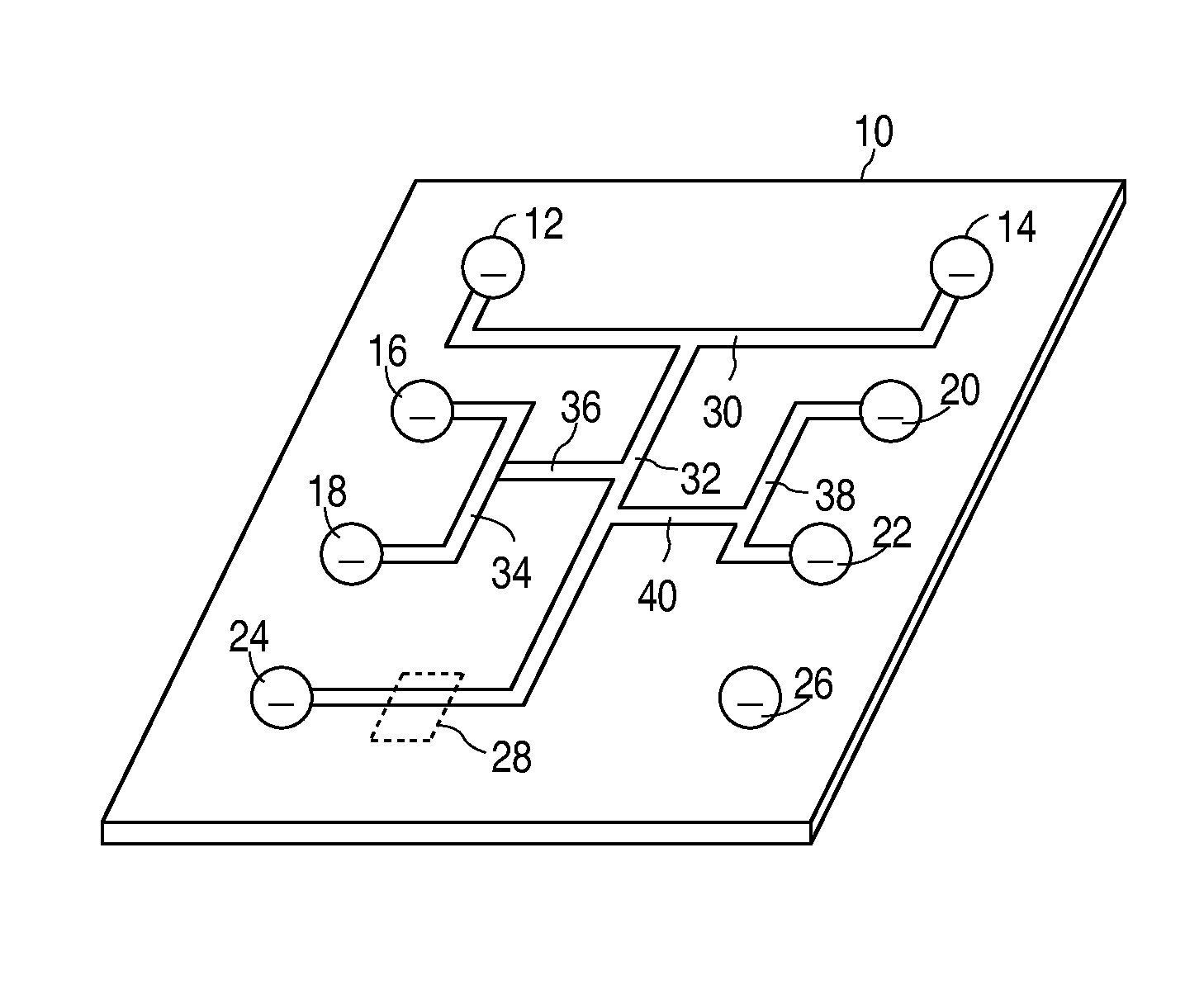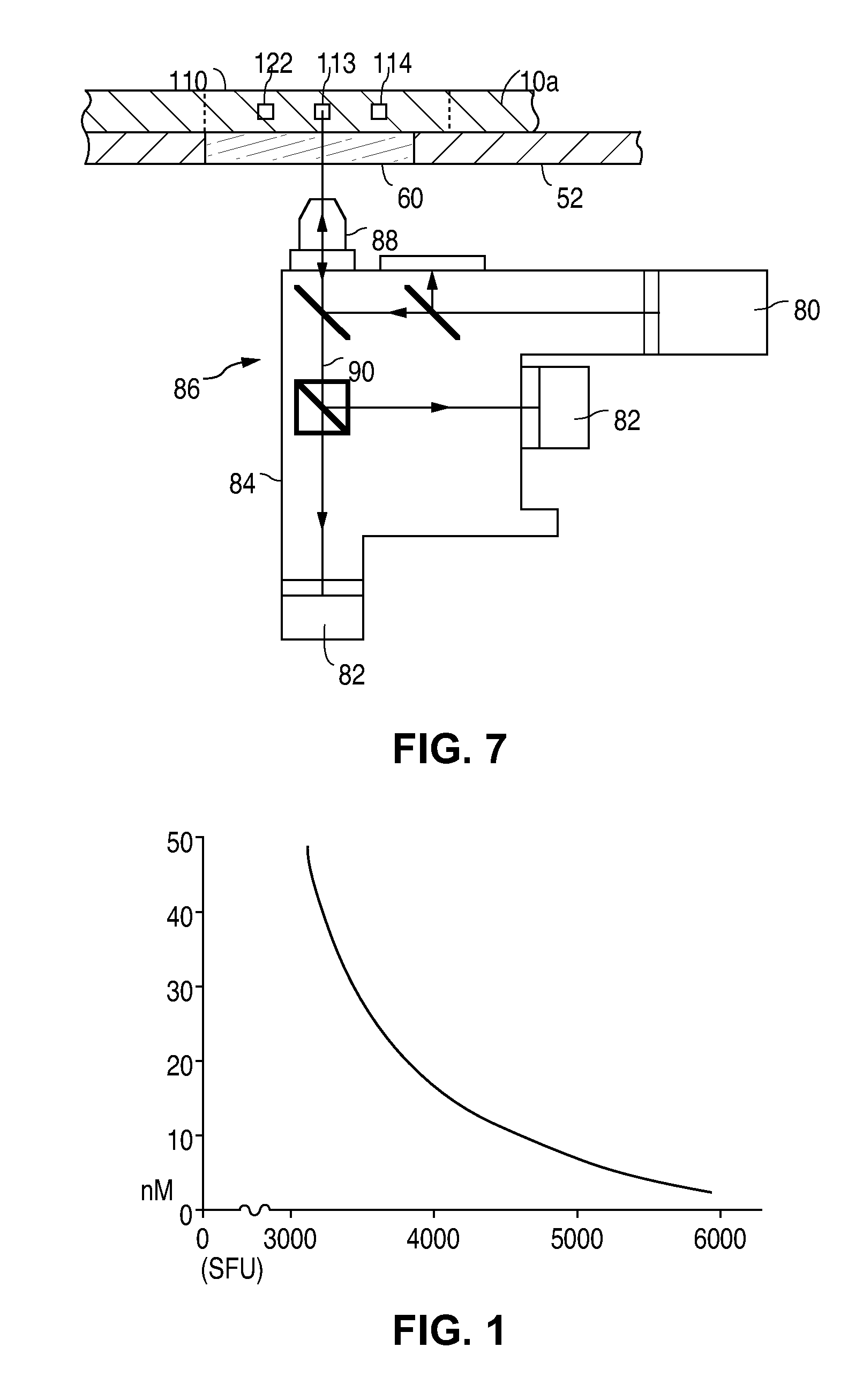Automated sample analysis
a sample analysis and sample technology, applied in the field of specimen analysis, can solve the problems of contaminated fluids used in manufacturing processes, unsatisfactory contaminants, and decreased fluid performance for the intended purpose,
- Summary
- Abstract
- Description
- Claims
- Application Information
AI Technical Summary
Benefits of technology
Problems solved by technology
Method used
Image
Examples
Embodiment Construction
[0020]The present invention provides methods and apparatus for the analysis, such as the chemical analysis, of samples of materials for selected properties thereof, and in particular, enables relatively rapid and accurate quantitative analysis of chemicals in non-biological samples, which quantities are indicative of the relative status or correctness of an industrial process, or condition of the material from which the sample was taken. The methods and apparatus are applicable to the replacement of traditional laboratory analysis techniques, and have the particular advantage of being compact in size, relatively easy to use, and not subject to operator interpretation to provide the resulting determination of the quantity of a substance or constituent present in a sample. In one aspect, the analysis relies on the reaction of dyes that fluoresce when exposed to light within a specific wavelength range with a material of interest that may be present in a sample. By analysis of the magn...
PUM
| Property | Measurement | Unit |
|---|---|---|
| diameter | aaaaa | aaaaa |
| diameter | aaaaa | aaaaa |
| wavelength | aaaaa | aaaaa |
Abstract
Description
Claims
Application Information
 Login to View More
Login to View More - R&D
- Intellectual Property
- Life Sciences
- Materials
- Tech Scout
- Unparalleled Data Quality
- Higher Quality Content
- 60% Fewer Hallucinations
Browse by: Latest US Patents, China's latest patents, Technical Efficacy Thesaurus, Application Domain, Technology Topic, Popular Technical Reports.
© 2025 PatSnap. All rights reserved.Legal|Privacy policy|Modern Slavery Act Transparency Statement|Sitemap|About US| Contact US: help@patsnap.com



